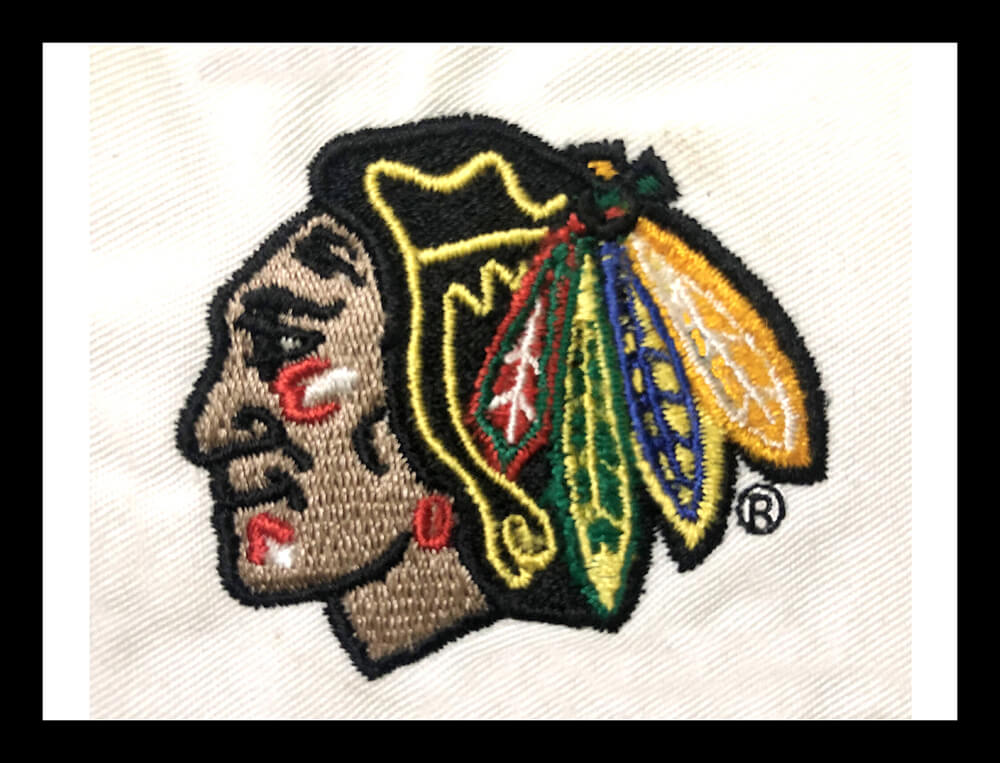Mastering the Needlework Digitizing Refine: Your Ultimate Guide
Needlework digitizing is a thorough craft that requires precision and know-how to translate intricate styles into digital layouts for equipment needlework. As craftsmens get started on this trip to understand the needlework digitizing procedure, an extensive understanding of the fundamentals sets the foundation for excellence.

Understanding Embroidery Digitizing Essentials
Needlework digitizing essentials form the foundation upon which elaborate layouts are translated right into machine-readable styles for exact stitching. This first action in the needlework digitizing process is crucial for making sure that the final stitched product is a faithful depiction of the original design. Recognizing needlework digitizing essentials includes comprehending essential ideas such as stitch types, stitch instructions, thickness, rug, and pull compensation.
Sew kinds play a crucial function in figuring out the visual and textural outcome of the stitched layout. By choosing the suitable stitch type, whether it be satin, fill, or running stitch, digitizers can attain the wanted impact and enhance the overall top quality of the needlework. Furthermore, stitch instructions affects the flow and dimension of the layout, while thickness identifies the spacing and coverage of the stitches.
In addition, rug stitching gives stability to the design by safeguarding the material and avoiding distortion throughout the needlework procedure. Pull settlement is another essential factor to consider to combat the all-natural tendency of fabric to agreement when stitched. Understanding these embroidery digitizing essentials is essential for developing professional-quality embroidered items.
Choosing the Right Digitizing Software Application
Picking the suitable digitizing software application is a crucial choice that significantly impacts the performance and quality of the needlework digitizing process. Digitizing for Embroidery. When choosing the best digitizing software application, it is necessary to consider variables such as the complexity of styles you plan to produce, the user-friendliness of the software, the level of client assistance supplied, and the compatibility with your embroidery machine
There are various digitizing software choices offered out there, varying from standard programs for newbies to innovative software program for specialist digitizers. Some preferred selections consist of Wilcom EmbroideryStudio, Hatch Embroidery Software Application, and PulseID. These software application bundles provide a variety of tools and features to help you develop intricate designs easily.
Prior to making a decision, it is suggested to check out the various software program options via complimentary tests or trials to establish which one finest fits your needs. Additionally, reviewing testimonials and seeking recommendations from experienced digitizers can give useful insights into the toughness and weaknesses of each software (Digitizing for Embroidery). By very carefully examining useful reference your requirements and contrasting the functions of different digitizing software program, you can make an educated choice that boosts your embroidery digitizing operations
Digitizing Tools and Techniques

Optimizing Style Settings for Embroidery
Mastering the complexities of style settings is fundamental in achieving optimal results in the embroidery digitizing process, structure upon the structure laid by recognizing digitizing tools and techniques. When optimizing layout setups for embroidery, it is necessary to consider aspects such as stitch type, thickness, rug, draw settlement, and registration. Sew kind choice impacts the overall look of the style, with options like satin, fill, and running stitches using various structures and effects. Density describes the spacing and thickness of stitches, affecting the layout's coverage and durability. Correct padding stitching provides security and protects against material distortion, particularly for complex styles or on elastic products. Draw payment changes for textile stretch during sewing, making certain accurate layout duplication. Enrollment setups line up various components of the style properly, maintaining general layout integrity. By fine-tuning these layout setups, embroiderers can boost the top quality and precision of their embroidered productions.

Troubleshooting Common Digitizing Issues
When running into usual digitizing issues throughout the embroidery process, it is important to comprehend the origin triggers and apply effective options promptly. One typical trouble is stitch thickness issues, where stitches might be also dense, triggering the textile to tighten, or too sporadic, bring about gaps in the style. Changing the stitch thickness setups in the digitizing software can assist settle this concern.
Another regular difficulty is string breaks throughout the embroidery process. This can occur because of different factors such as wrong stress settings, dull needles, or using low-quality thread. Making sure correct upkeep of the needlework machine, including regular needle changes and tension adjustments, can reduce the incident of thread breaks.
Additionally, layout enrollment mistakes can cause misaligned components within the needlework layout. Examining the layout placement in the digitizing software program and making essential changes prior to sewing can aid in preventing this problem. By attending to these typical digitizing problems immediately and successfully, you can make sure a smoother embroidery process and top quality finished items.
Final Thought
To conclude, mastering the needlework digitizing procedure needs a solid understanding of the basics, the right selection of software application, and understanding of tools and strategies. Maximizing style settings and weblink repairing usual digitizing problems are essential steps in making certain high-grade needlework results. By adhering to these steps faithfully, one can attain precision and performance in the digitizing procedure.